- Friday, April 25, 2025
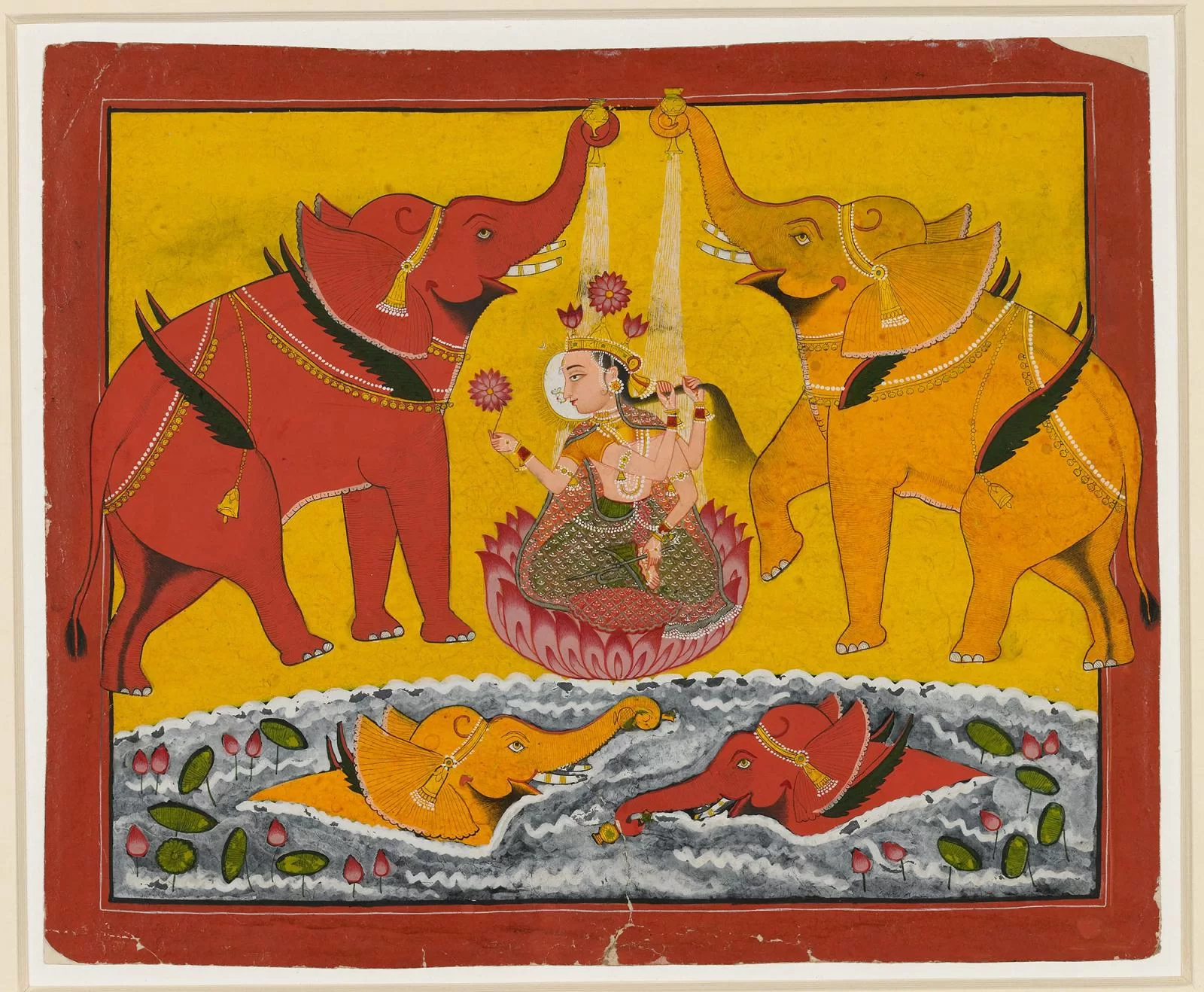
By: Vibhuti Pathak
The British Museum is set to unveil a landmark cultural event that brings 2,000 years of ancient Indian spiritual and artistic traditions to life. Titled Ancient India: Living Traditions, this first-of-its-kind exhibition will run from May 22 to October 19, 2025, showcasing over 180 extraordinary objects.
From powerful sculptures and sacred manuscripts to colorful paintings and devotional drawings, the exhibition explores the sacred art of Hinduism, Jainism, and Buddhism—and their continuing relevance in the modern world.
With Britain home to over a million Hindus and vibrant Jain and Buddhist communities, this showcase holds deep resonance. Curated by Sushma Jansari and guided by a panel of practising faith members, Ancient India: Living Traditions offers a rare, immersive insight into the spiritual roots that shaped India’s artistic legacy—and its global influence across Southeast Asia, China, Japan, and beyond.
Here are 7 must-see highlights from the British Museum’s awe-inspiring Indian art exhibition:
1. The Origins of Ganesha – The Playful Remover of Obstacles

Among the standout pieces is a volcanic stone Ganesha statue from Java (AD 1000–1200) and a sandstone Ganesha from Uttar Pradesh (AD 750). These figures reflect the beloved Hindu deity’s evolution from nature spirit to divine icon—representing new beginnings and the playful balance between challenges and triumphs.
2. Ardhanarishvara – The Divine Union of Shiva and Parvati
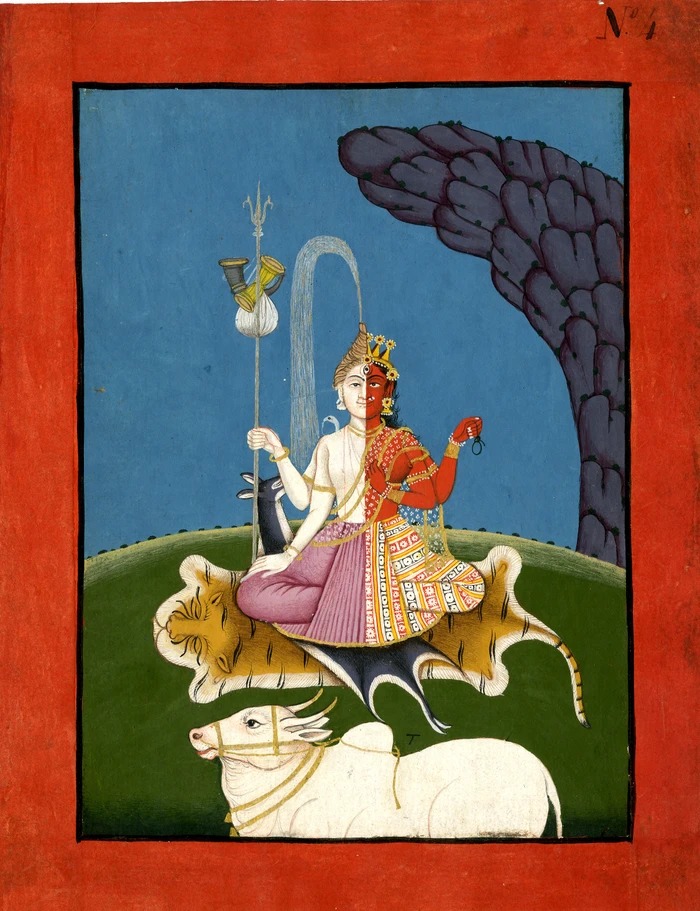
A striking 18th-century painting of Ardhanarishvara—“the lord who is half woman”—captures the seamless blend of masculine and feminine energies in Hindu thought. This half-Shiva, half-Parvati deity stands in direct contrast to rigid modern gender binaries, emphasizing ancient India’s nuanced take on identity.
3. Gaja-Lakshmi – The Goddess of Abundance and Fortune

With roots in yakshi (nature spirit) iconography, this 18th-century painting of Gaja-Lakshmi shows the goddess flanked by elephants, symbolizing rainclouds and prosperity. Revered across Hinduism, Buddhism, and Jainism, her blessings were—and are—seen as essential to spiritual and material success.
4. The First Human Buddha – The Bimaran Casket
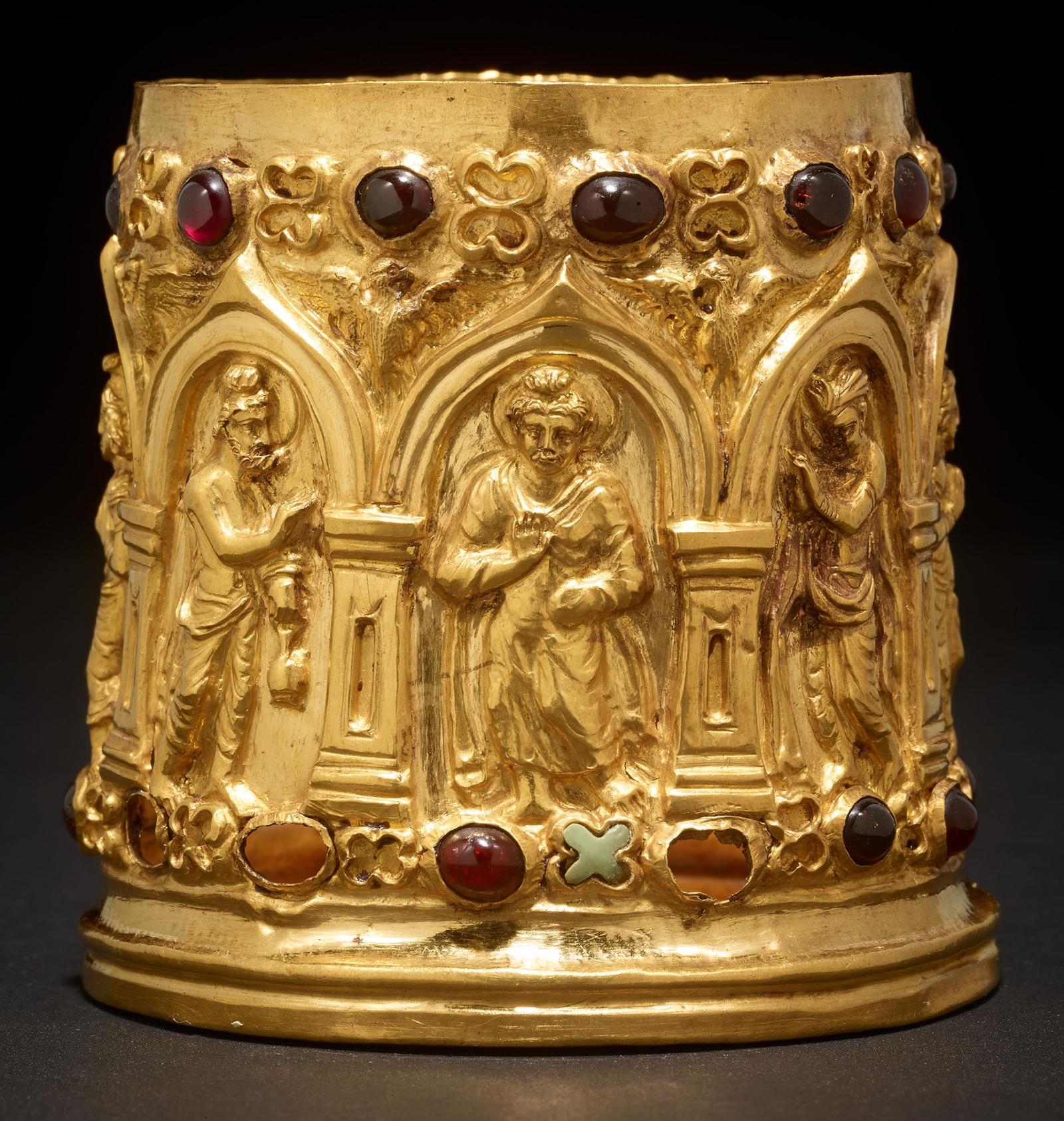
This golden reliquary, dating from the 1st century, might contain the earliest known human representation of the Buddha. Prior to this, he was depicted through symbols like footprints or trees. The shift to portraying the enlightened teacher in human form marked a major transformation in Buddhist devotional art.
5. Seated Jain Tirthankara – Meditative Serenity in Stone
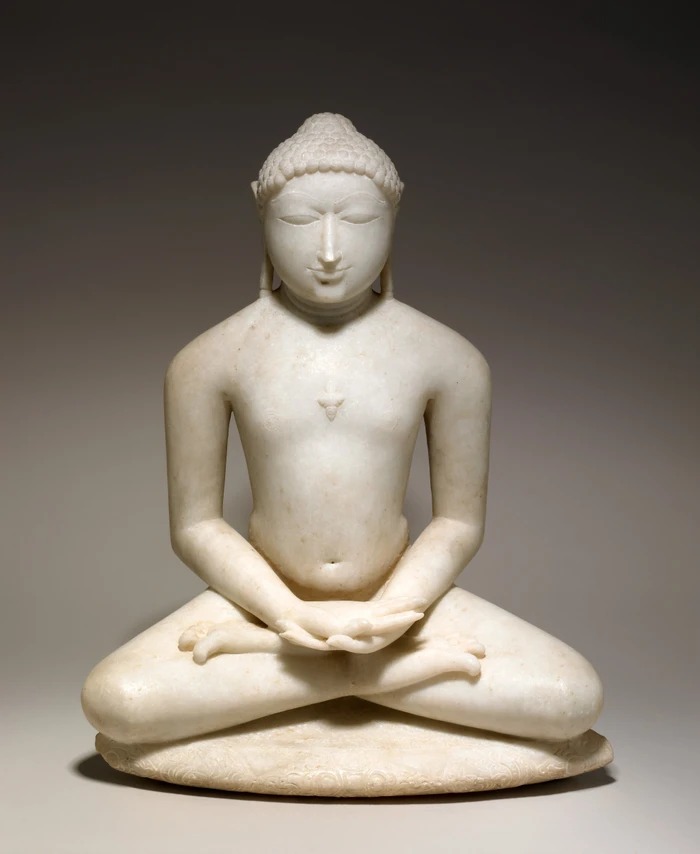
An 1150–1200 sculpture of a Jain enlightened teacher in deep meditation showcases the spiritual rigor and serenity at the heart of Jainism. Art like this conveyed the path to liberation through non-violence, asceticism, and inner stillness.
6. Yakshas and Yakshis – The Nature Spirits of Ancient India
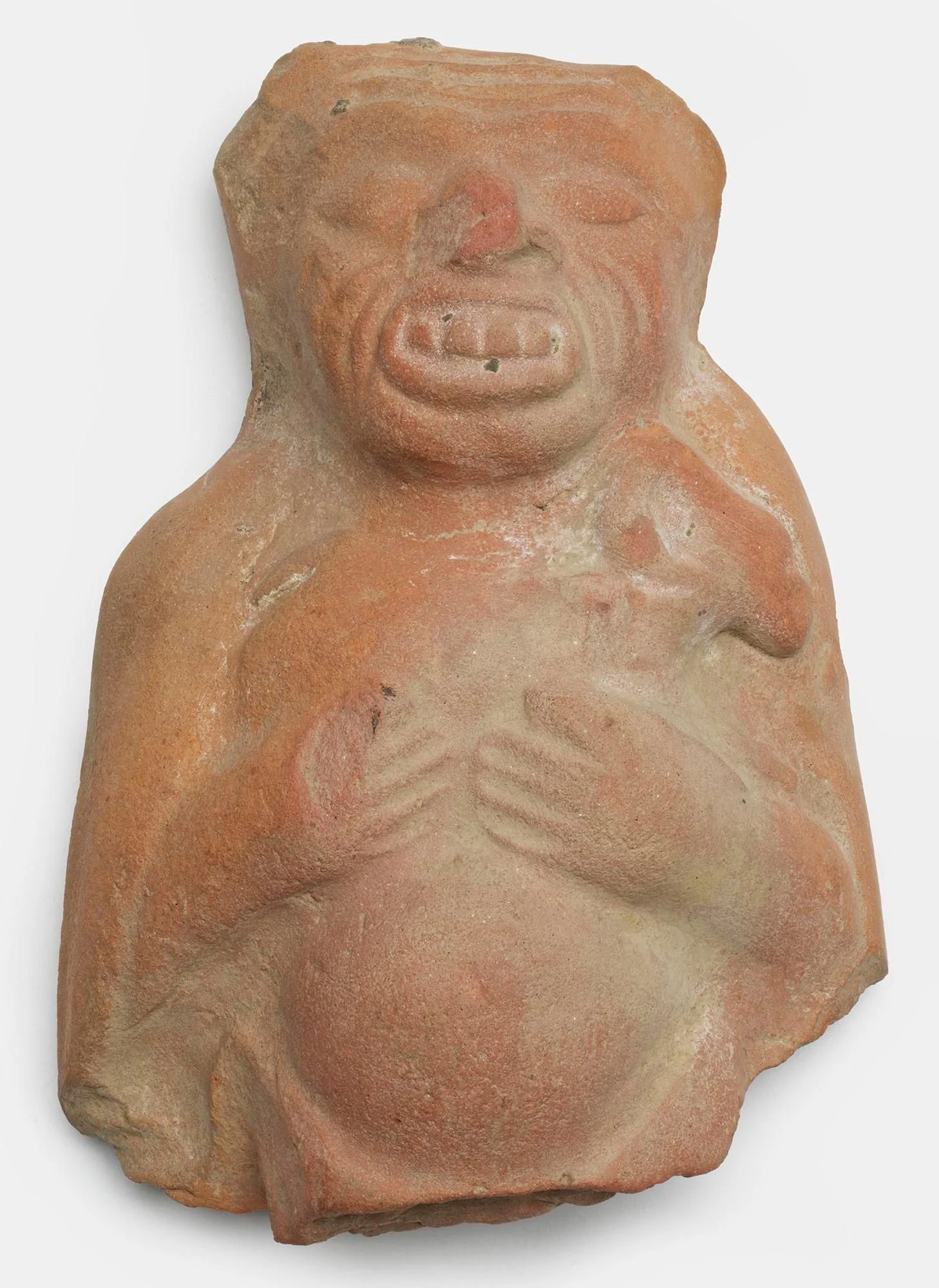
A grimacing yaksha head from the 2nd or 3rd century reminds us of the powerful nature spirits that predate and inform the sacred imagery of all three faiths. These beings could offer blessings—or cause mischief—if not properly honored, embodying the raw energies of the natural world.
7. Global Journey of Indian Art – From Mathura to the World
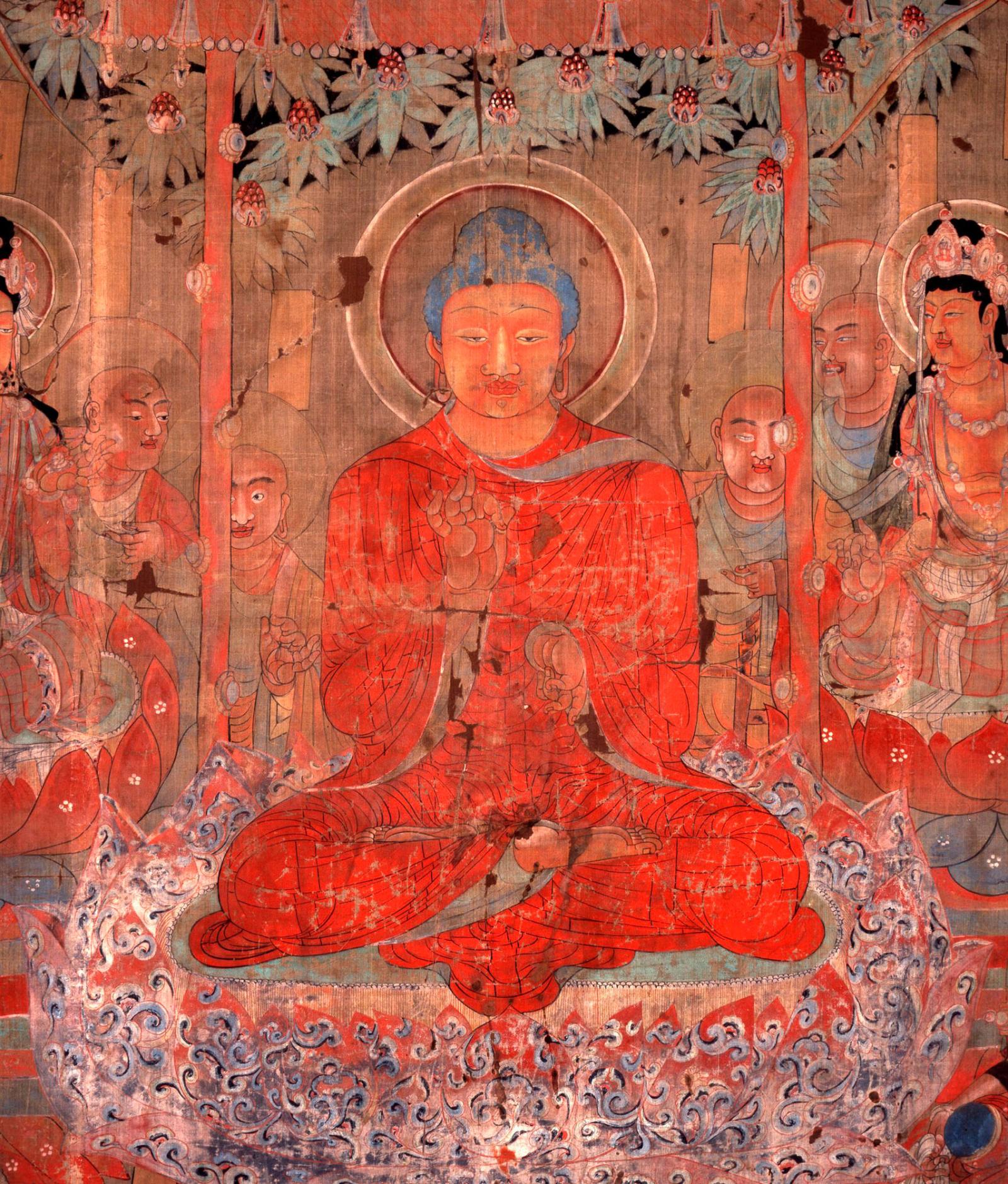
The exhibition maps how Indian religious art traveled via Silk Road trade routes and maritime paths, merging with local cultures across Central, East, and Southeast Asia. Mathura’s art workshops gave rise to a shared visual language that still echoes globally.
Nicholas Cullinan, Director of the British Museum, said, “India’s sacred art has profoundly shaped not just its own cultural landscape, but the world’s. By collaborating with community advisors and curating centuries of devotional art, we honor these traditions’ living legacy.”
Visitors will also explore how Hindu, Jain, and Buddhist iconography evolved from symbolic representations to anthropomorphic forms during 200 BC to AD 600. Each exhibit tells a story—not just of artistic beauty but of cultural resilience, religious adaptation, and ongoing relevance.
From the Bhagavad Gita to Buddhist Dhammapada, these sacred traditions continue to shape lives today—including high-profile British figures like Rishi Sunak and Suella Braverman.
Whether you’re an art lover, spiritual seeker, or history enthusiast, Ancient India: Living Traditions is a transformative journey through the soul of Indian civilization. Don’t miss it.